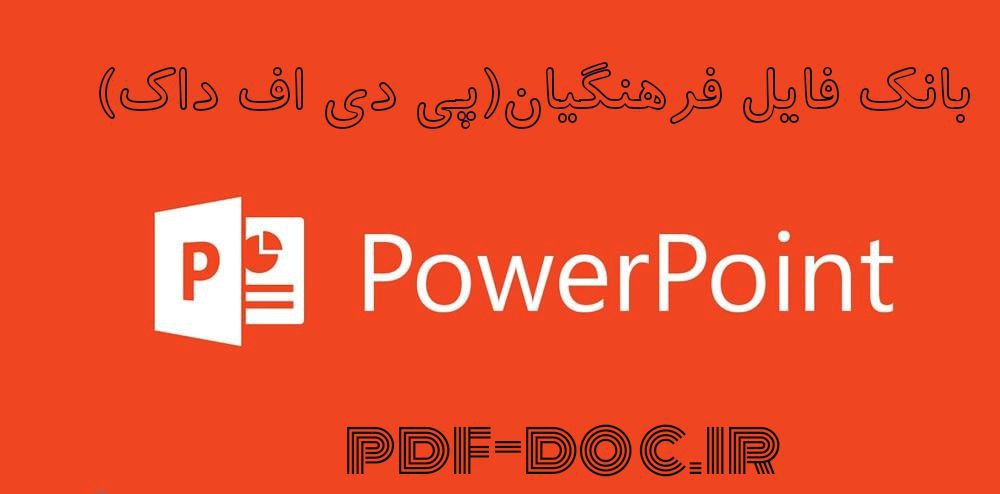دانلود مقاله : Respiratory Impairment in Older Persons: When Less Means More 2013

دانلود مقاله :
Respiratory Impairment in Older Persons: When Less Means More 2013
نویسندگان :
Carlos A. Vaz Fragoso, MD,a,b Thomas M. Gill, MD,b Gail McAvay, PhD,b Philip H. Quanjer, MD, PhD,c Peter H. Van Ness, PhD, MPH,b John Concato, MD
فرمت:pdf
چکیده :
BACKGROUND: Among older persons, within the clinical context of respiratory symptoms and mobility,
evidence suggests that improvements are warranted regarding the current approach for identifying respiratory
impairment (ie, a reduction in pulmonary function).
METHODS: Among 3583 white participants aged 65 to 80 years (Cardiovascular Health Study), we
calculated the prevalence of respiratory impairment using the current spirometric standard from the Global
Initiative for Obstructive Lung Disease (GOLD) and an alternative spirometric approach termed “lambdamu-
sigma” (LMS). Results for GOLD- and LMS-defined respiratory impairment were evaluated for their
(cross-sectional) association with respiratory symptoms and gait speed, and for the 5-year cumulative
incidence probability of mobility disability.
RESULTS: The prevalence of respiratory impairment was 49.7% (1780/3583) when using the GOLD and
23.2% (831/3583) when using LMS. Differences in prevalence were most evident among participants who
had no respiratory symptoms, with respiratory impairment classified more often by the GOLD (38.1%
[326/855]) than LMS (12.3% [105/855]), as well as among participants who had normal gait speed, with
respiratory impairment classified more often by the GOLD (46.4% [1003/2164]) than LMS (19.3%
[417/2164]). Conversely, the 5-year cumulative incidence probability of mobility disability for respiratory
impairment was higher for LMS than GOLD (0.313 and 0.249 for never-smokers, and 0.352 and 0.289 for
ever-smokers, respectively), but was similar for normal spirometry by LMS or GOLD (0.193 and 0.185 for
never-smokers, and 0.219 and 0.216 for ever-smokers, respectively).
CONCLUSIONS: Among older persons, the LMS approach (vs the GOLD approach) classifies respiratory
impairment less frequently in those who are asymptomatic and is more strongly associated with mobility
disability.




